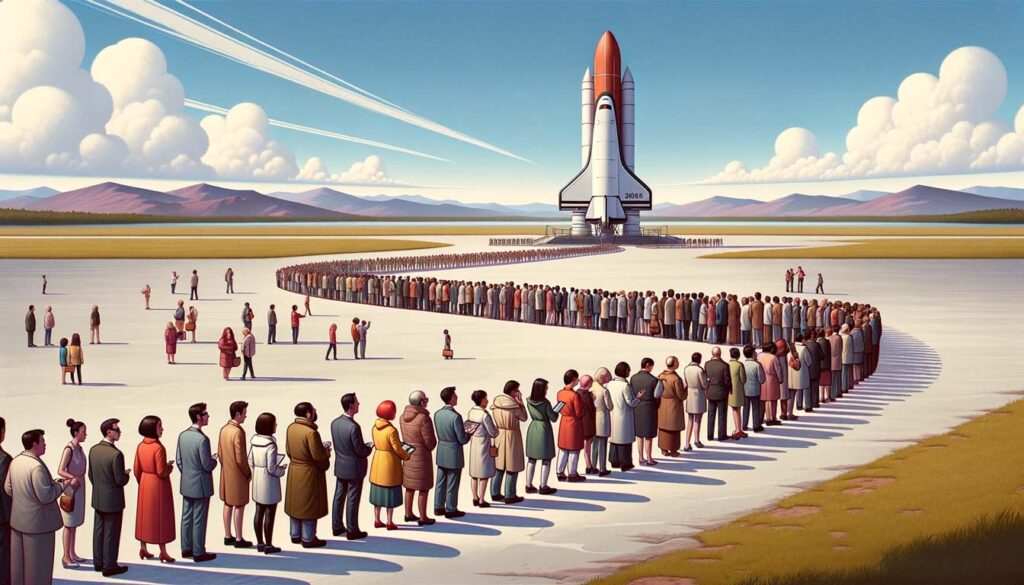In recent years, the vision of commercially venturing beyond Earth’s atmosphere has transitioned from a fantastical dream to a palpable reality. Key players like SpaceX, Blue Origin, and Virgin Galactic have ushered in a new era where space is no longer a frontier only astronauts can dare to explore. However, the cost of commercial space travel has been a significant barrier for many. As the industry matures, experts predict a downward trend in prices, making space adventures more accessible to the masses. Here’s a glimpse into how the costs of commercial space travel are expected to evolve in the coming years.
Economies of Scale
As the demand for space travel burgeons, companies are ramping up their operations to meet this demand. The economies of scale could play a significant role in reducing the cost per trip. More flights mean the fixed costs, such as vehicle development and infrastructure, are spread out over a larger number of tickets. This scaling up of operations is expected to drive prices down significantly, making space travel more affordable.
Technological Advancements
The propulsion of technological innovation is another factor that’s set to reduce space travel costs. Reusable rockets, for instance, have already demonstrated significant cost savings. As technologies mature and new innovations emerge, the cost of launching and operating space vehicles will decrease, contributing to lower ticket prices for consumers.
Competitive Landscape
The burgeoning competition among commercial space travel companies is fostering an environment where price reductions could become a key differentiator. As more players enter the field, competitive pricing may drive costs down further, possibly leading to a variety of pricing options catering to different segments of the market.
Government Policies and Partnerships
Government policies and partnerships could also play a crucial role in shaping the cost of commercial space travel. Governments around the world are showing interest in fostering the growth of the commercial space sector. Their support in the form of regulatory facilitation and financial incentives can lower operational hurdles, thereby reducing costs.
Conclusion
The trajectory towards more affordable space travel is clear, although the pace at which prices will decrease remains to be seen. The interplay of economies of scale, technological advancements, competition, and governmental support will be the primary drivers in reducing the costs, making the dream of exploring the cosmos a more attainable reality for many. As the commercial space sector continues to evolve, keeping an eye on these factors will provide a clearer understanding of when routine space travel may become a common feature of our futuristic lifestyle.
